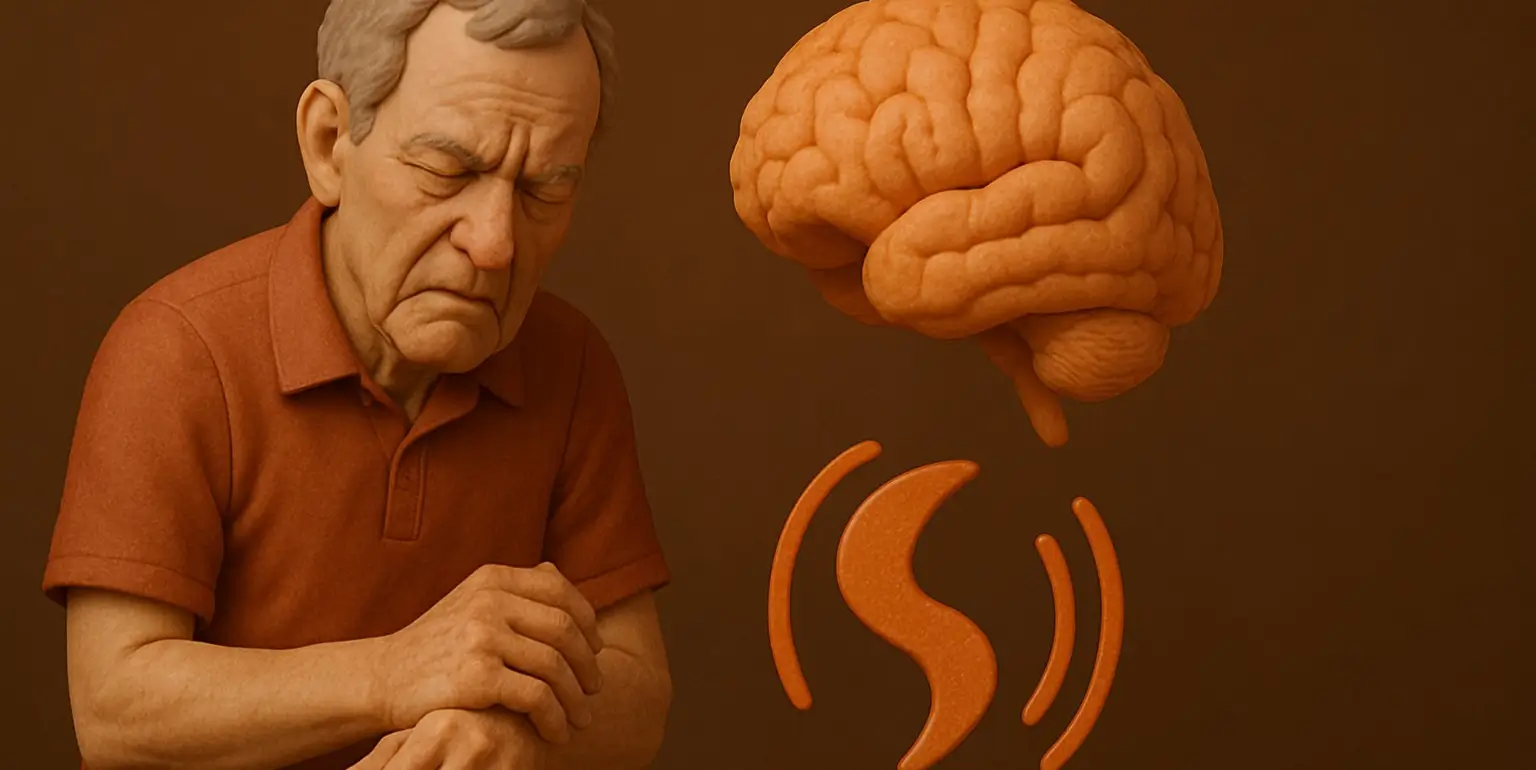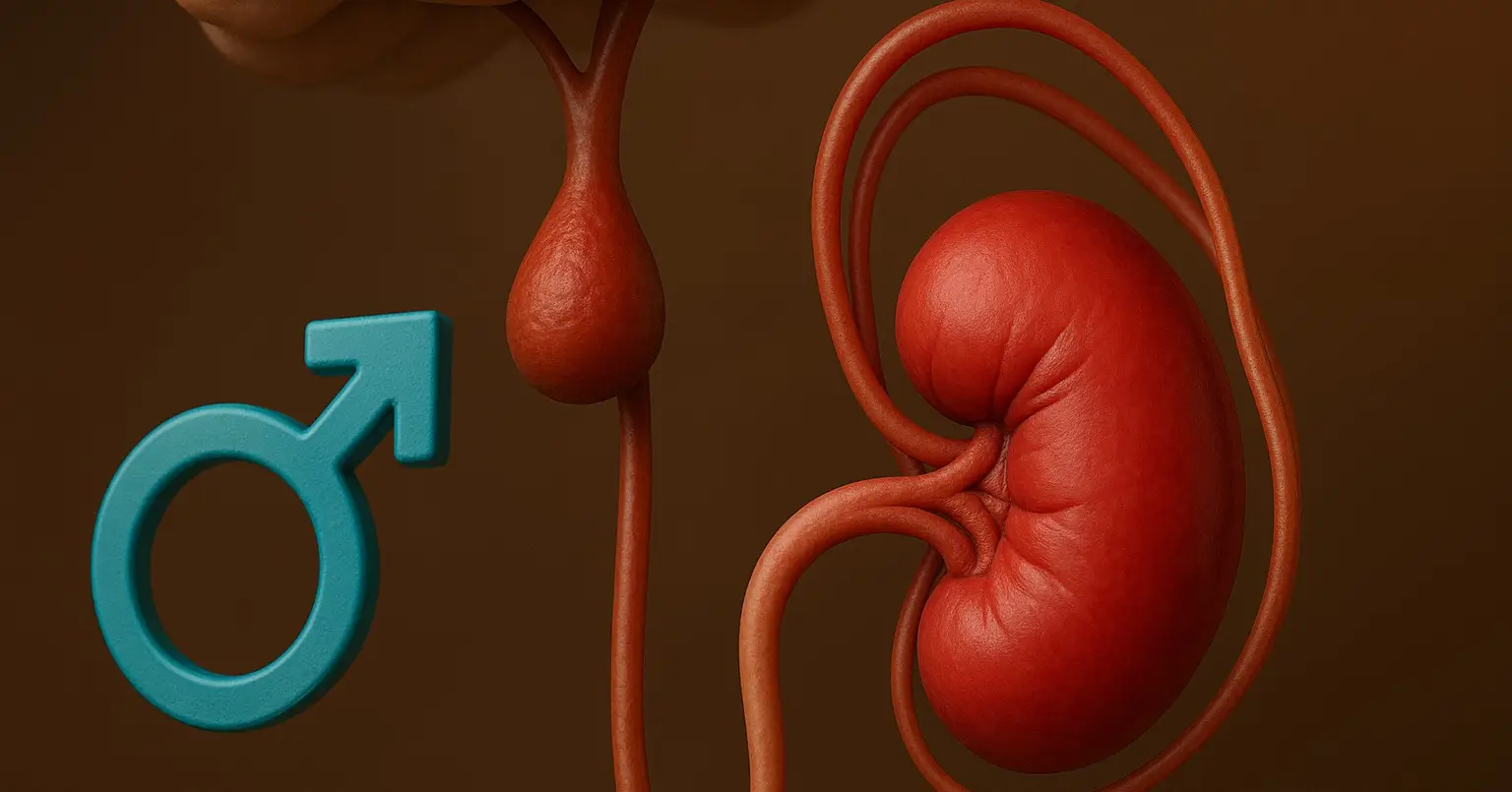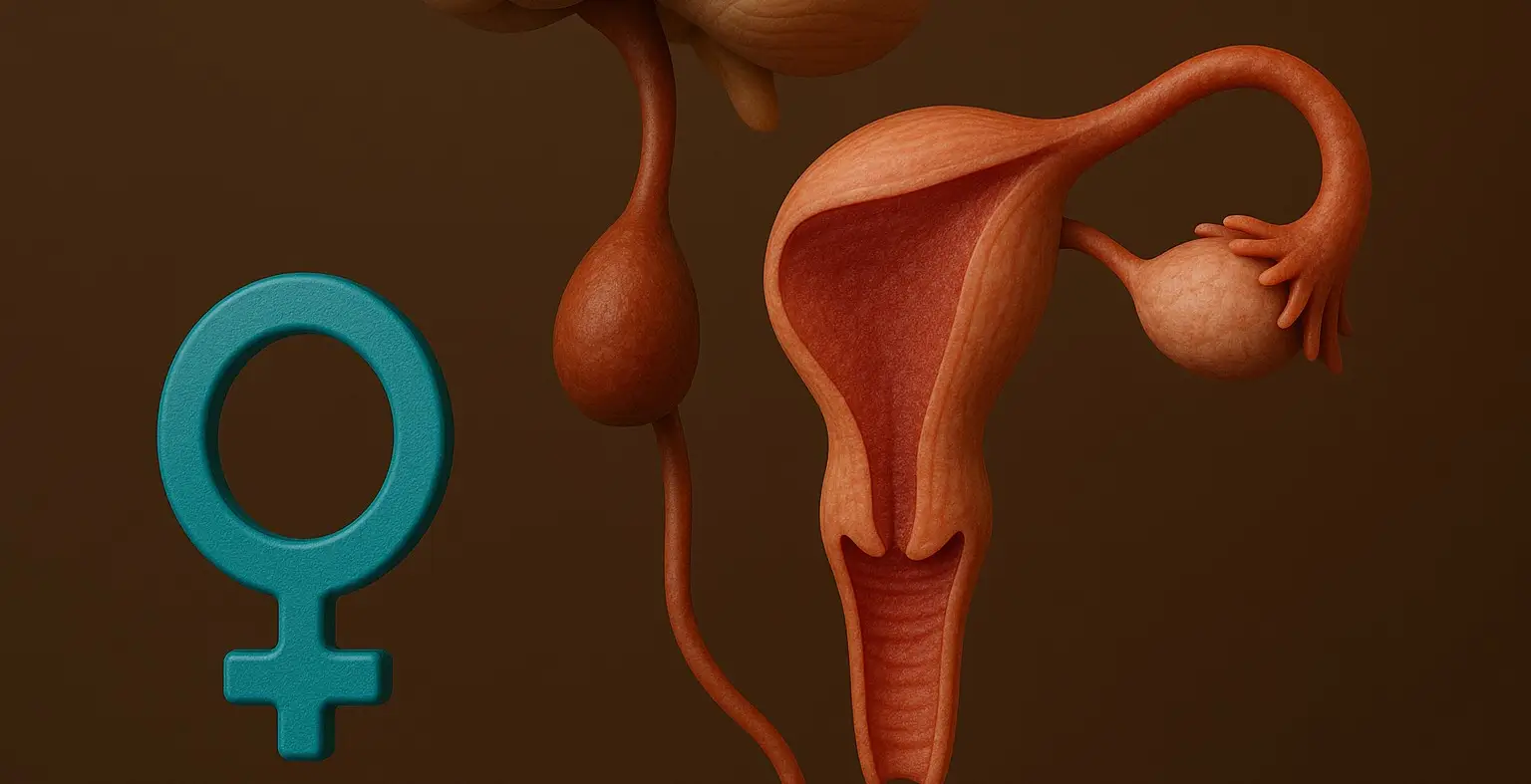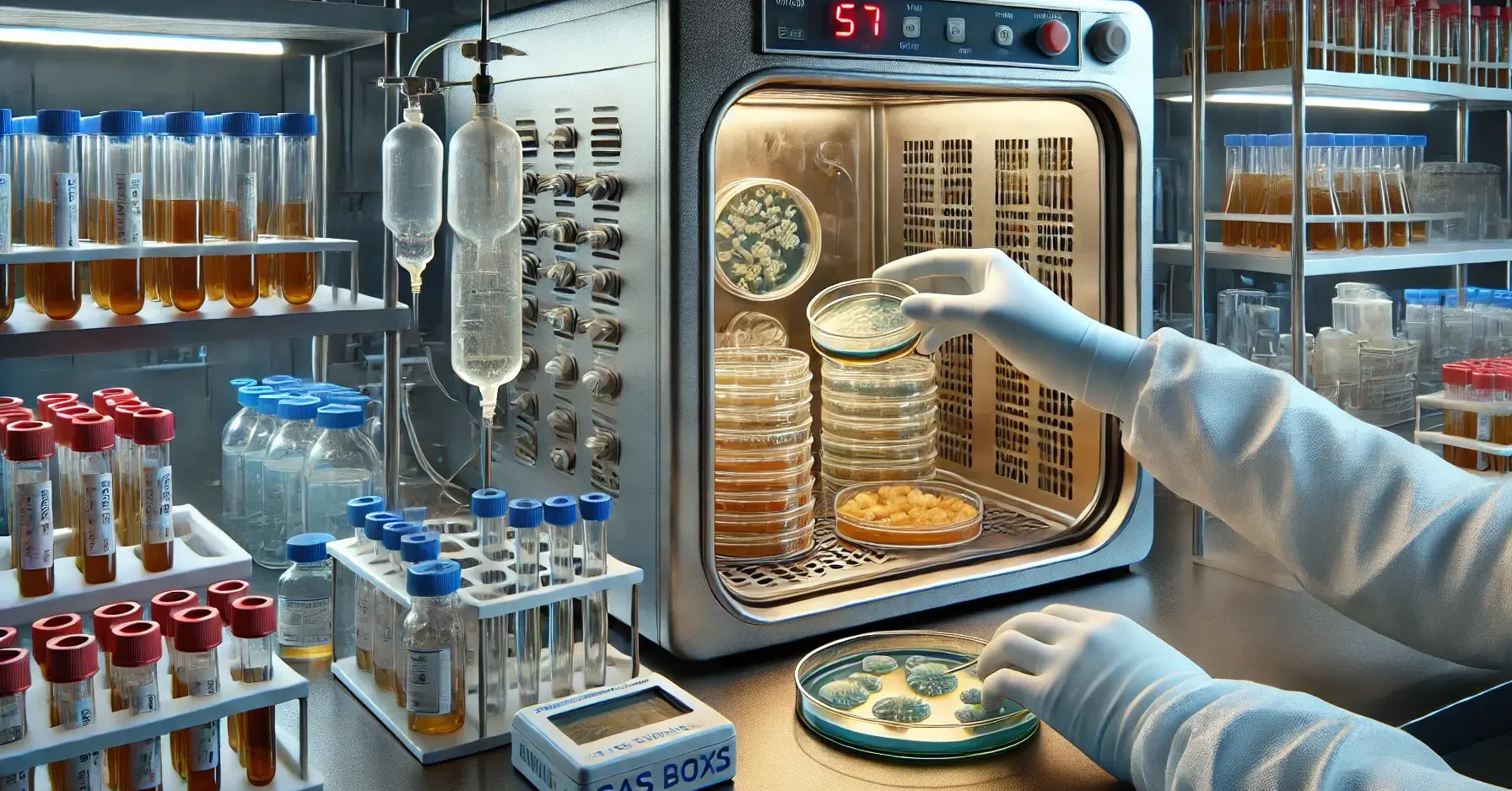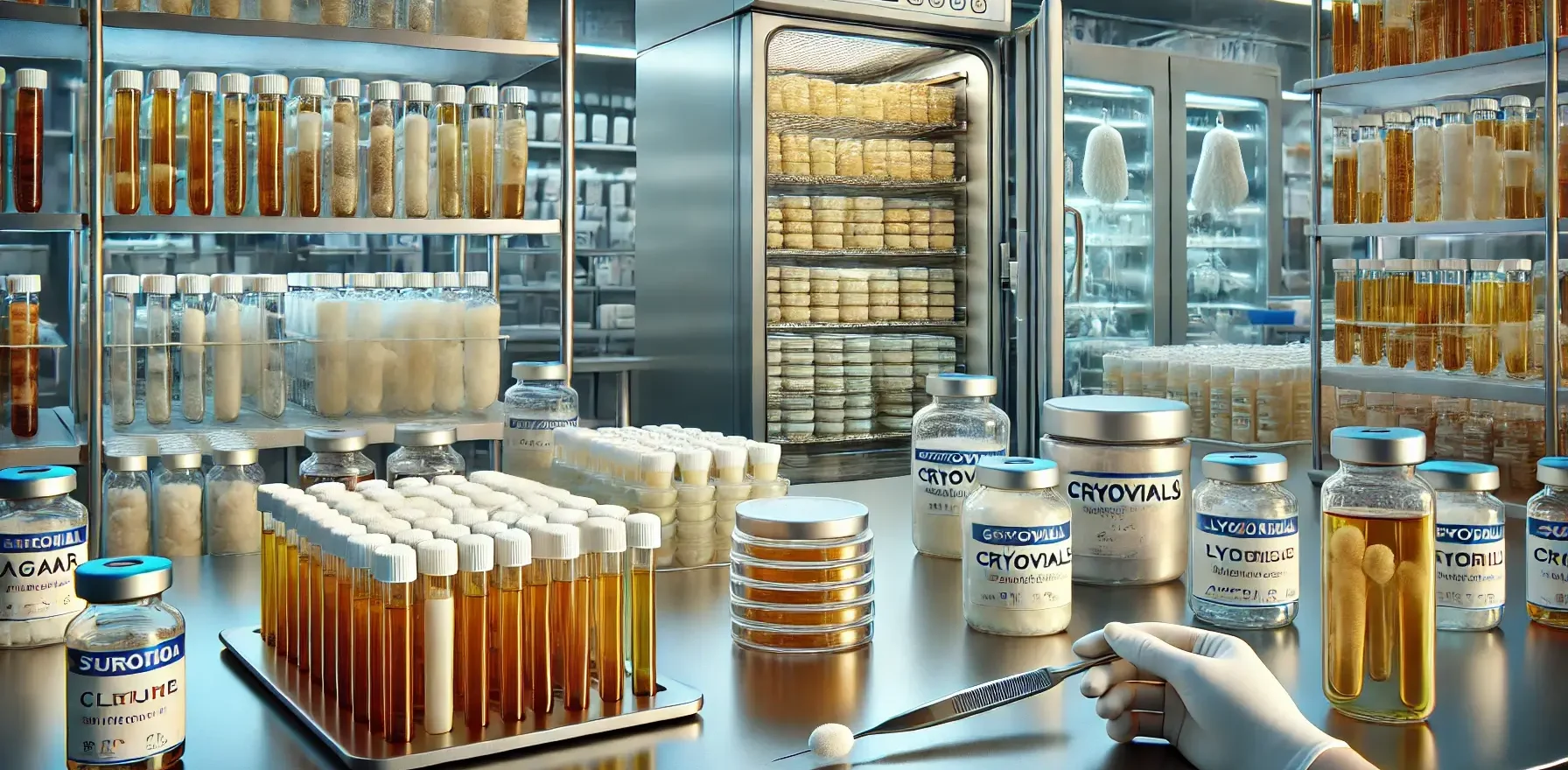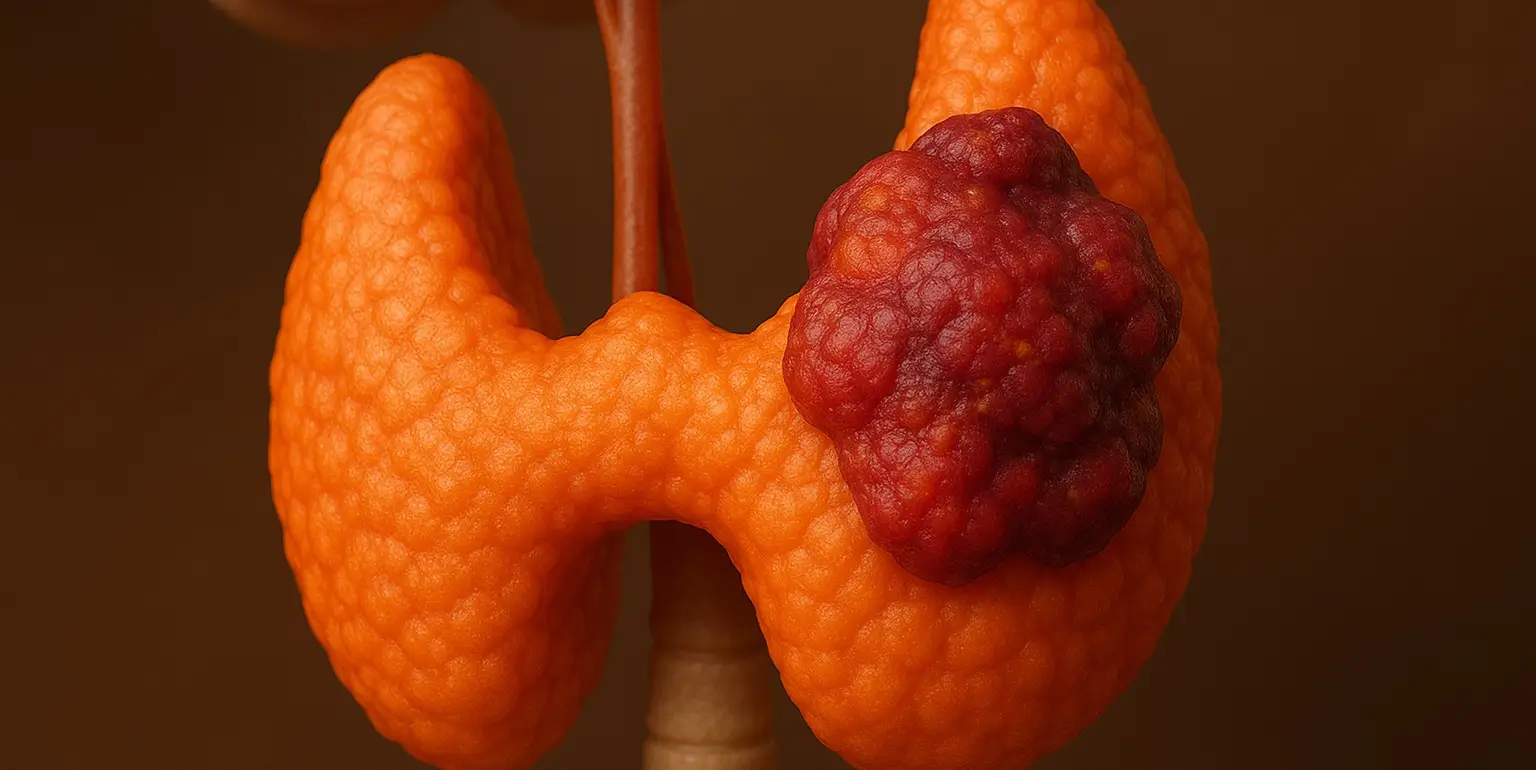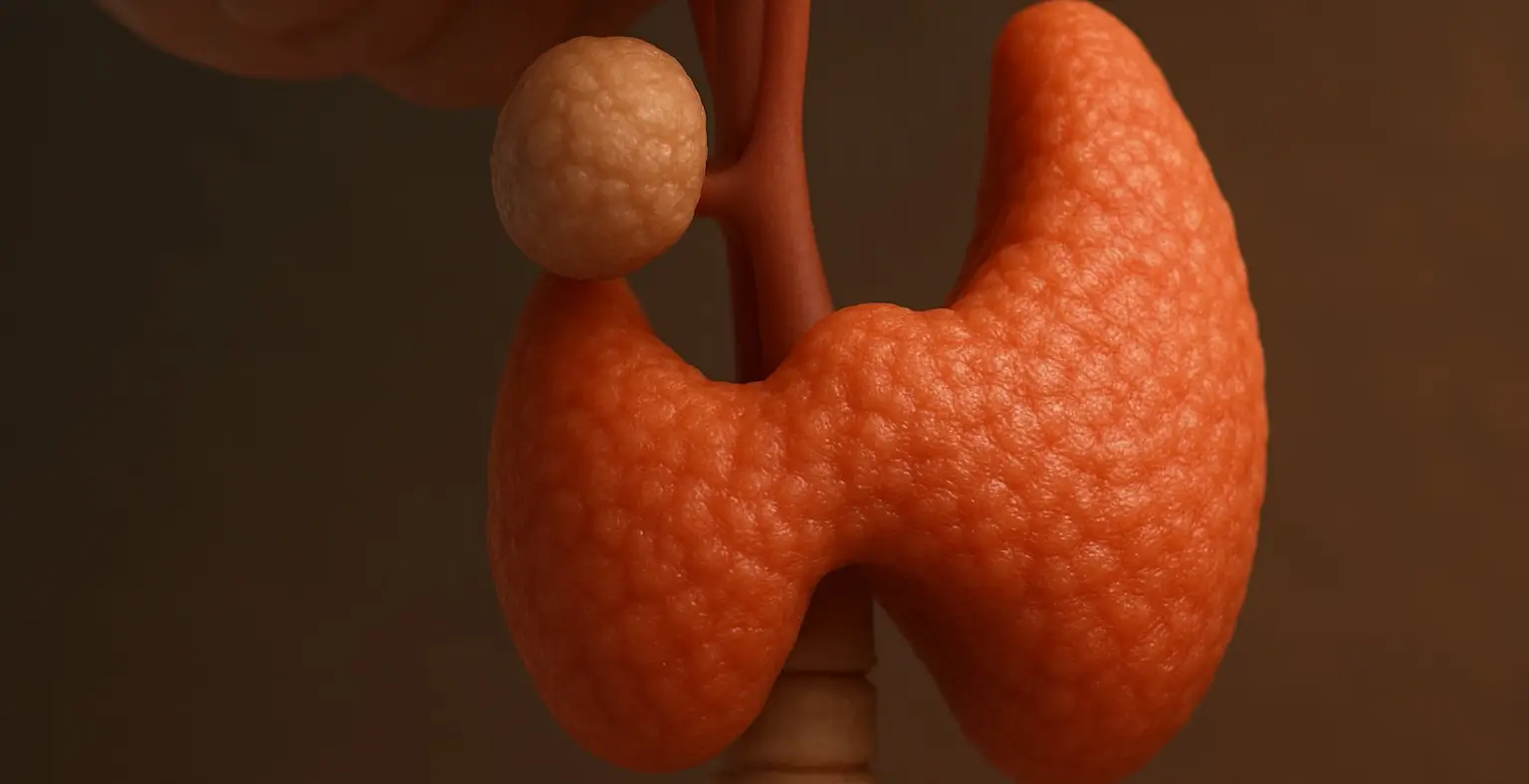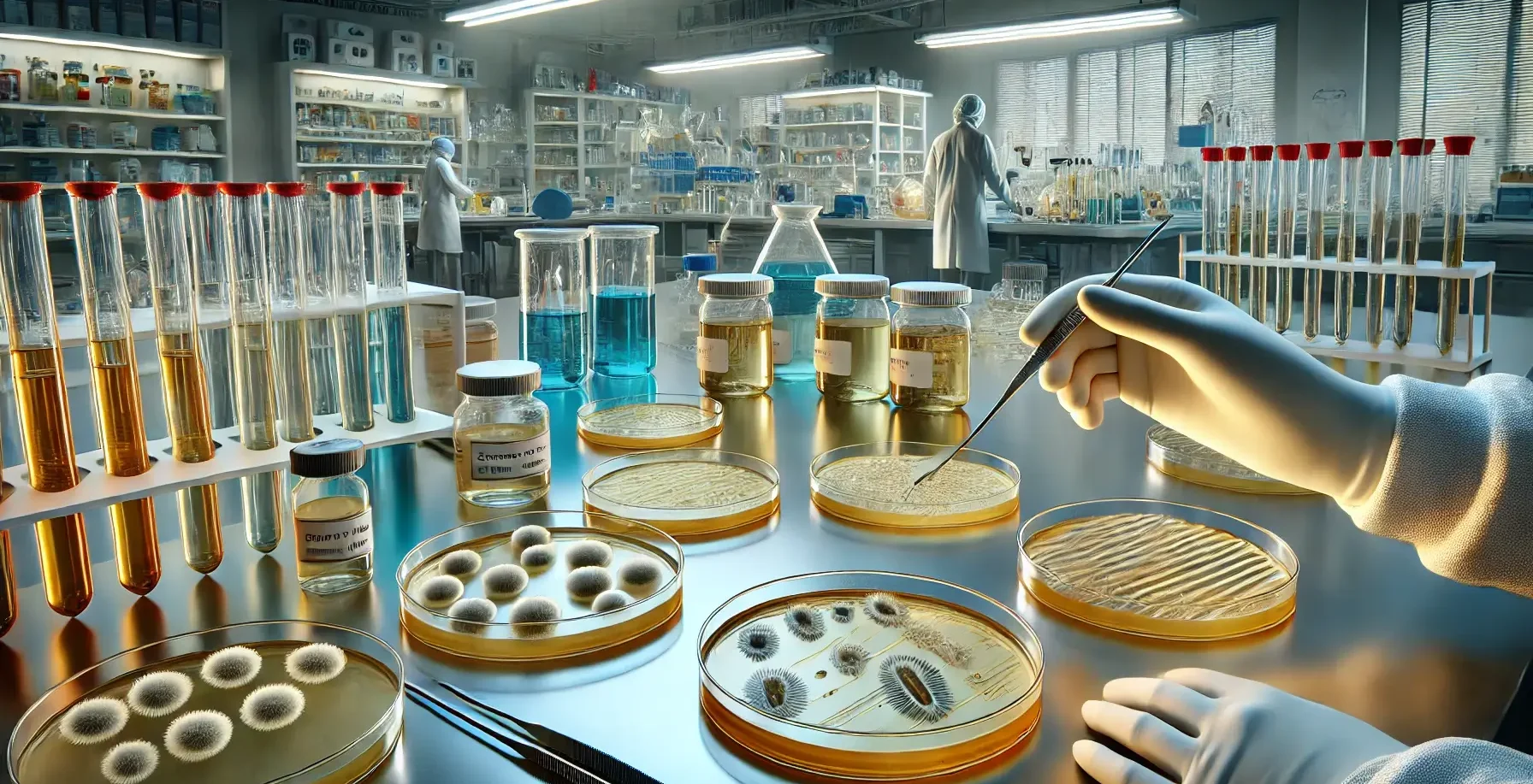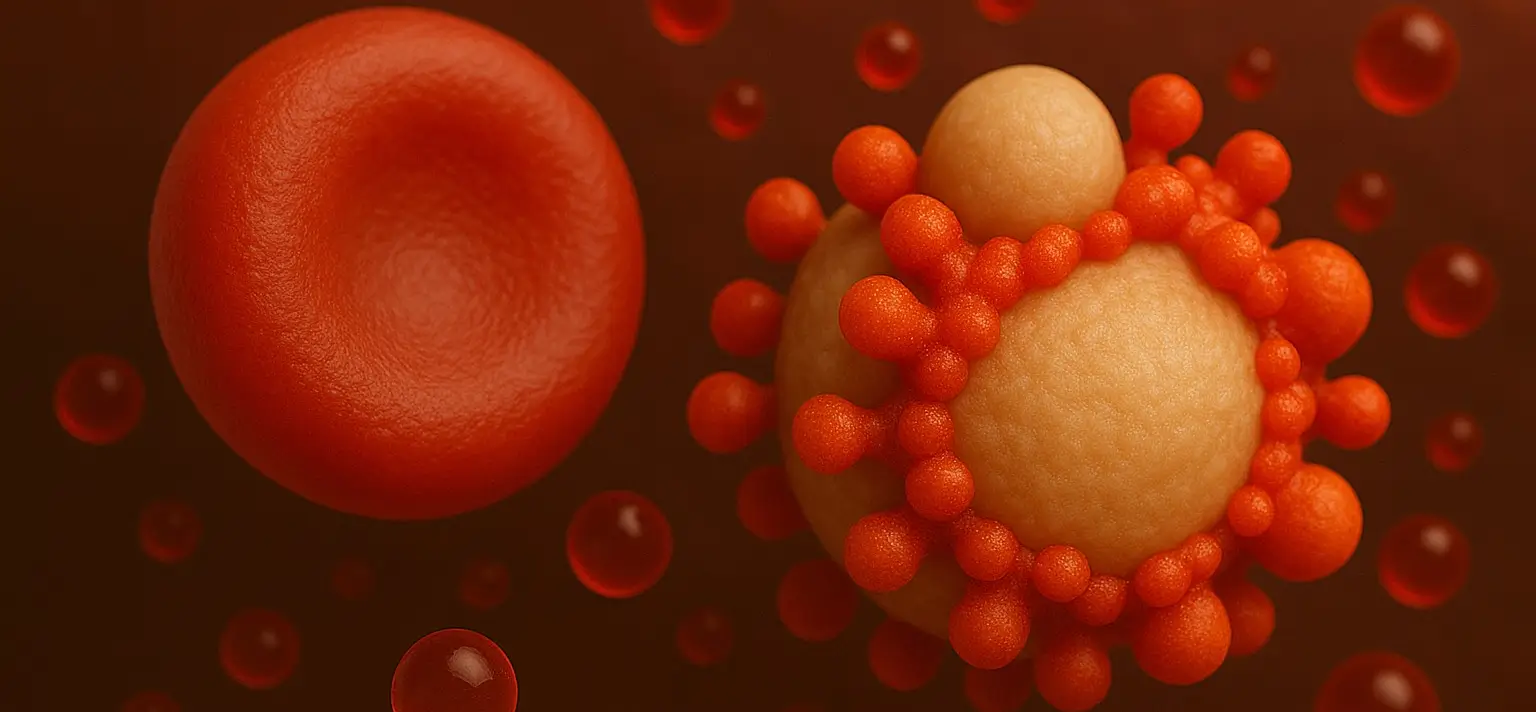Parkinson’s Disease
Parkinson’s disease is a progressive neurodegenerative disorder affecting movement. It is caused by the degeneration of dopamine-producing neurons in the substantia nigra, a part of the brain that controls movement. Causes of Parkinson’s Disease Genetic Factors: Mutations in specific genes (e.g., LRRK2, PARK2). Environmental Factors: Exposure to toxins like pesticides and heavy metals. Age: Incidence … Read more

